When Stan Lee sat down to write the Fantastic Four in the 1960s, he came up with a very sci-fi sounding explanation for how they got their powers: cosmic rays! It sound pretty good: these explorers got hit with some cosmic rays and the strange energy they carried altered their DNA and gave them incredible powers, thus was born the First Family of Marvel Comics.
At some point in the near future, Kevin Feige and the core creative team are going to sit down and determine how to redefine the Fantastic Four on the big screen. After a few failed attempts, Marvel Studios owns one of Marvel Comics most beloved and most high concept sci-fi properties and, as we’ve seen, Feige has no qualms about modernizing these IPs. Nobody knows for sure what route Feige and team will take with the Fantastic Four reboot. It’s possible we could see the team retconned in (similar to how they worked Hank Pym and Janet van Dyne into the continuity) as having worked on a project in the past that saw them disappear for the last 40 years or so. It’s an easy path to take, but one they’ve already dabbled in and one that could very well get stale quickly. Another possible path, and one that I’m growing more fond of by the day, is to modernize these great explorers and bring Reed Richards genius to bear as one of the world’s foremost theoretical physicists studying one of the universe’s great mysteries: dark energy.

Simply put, dark energy is the stuff that scientists don’t understand very well and can’t see but they think they know it’s there because measurable changes caused by it can be observed throughout space because it’s hypothesized to occupy what was originally believed to be the empty space of the universe. Basically scientists think dark energy might be responsible for the accelerating expansion of the universe. And while a whole bunch of them love the idea, a whole bunch more (including some from a recent project in South Korea) aren’t really convinced of its existence. If that doesn’t make a lot of sense to you, that’s ideal because stuff that nobody understand is perfect sci-fi fodder. It’s hard to argue about the behavior stuff you can’t see and that nobody is even really sure exists because there’s no proof (think time travel in Terminator…now think about it in Avengers: Endgame).
The accelerating expansion of the universe and dark energy are just a couple of things that theoretical astrophysicists think about in their down time and, if you’ve read anything with Reed Richards in it, are just the types of things Reed would ponder while assembling the update version the Ultimate Nullifier. In particular, Reed might concern himself with the notion that if the universe is expanding relatively rapidly, what happens when it gets too big? What the stars we see at night have gotten so far away from us that their light is no longer visible and entirely out of our reach? This sounds far-fetched, but it’s actually something Dr. Dan Hopper at the University of Chicago has thought a lot about and something that has real implications for the future of an already energy-starved planet.
Why would it matter if we couldn’t reach the stars? Common among post-1800’s sci-fi fare (including Marvel Comics) is the idea of a Dyson Sphere. A Dyson Sphere is basically a massive structure, built around a star that stores the star’s energy and allows it to be transferred to any number of other modes. If we can’t get to the stars, Dyson Spheres really won’t matter…and this thought would really bother Reed Richards. So much so, that he might just try to get a handle on this whole dark energy thing and see if he couldn’t just harness it himself. One seemingly ridiculous way that one might harness dark energy would be to use it to warp spacetime itself, allowing for us to travel to the farthest reaches of the galaxy by MOVING spacetime instead of moving ourselves. And there’s something so crazy about that idea that I just can’t get out of my head the notion that it’s something Reed Richards would try to do and, in doing so, potentially bring himself face-to-face with the true nature (I mean it isn’t really true because we have no idea if it’s real) of dark energy.

So perhaps as Feige and crew work their way towards The Fantastic Four, they might consider something as crazy as making Reed, Sue, Ben and Johnny the most modern of explorers. A man and his family who are pushing the limits of science to solve a growing energy crisis on a planet that is quickly running out of renewable resources. I’m sure the people who do this for a living can do a MUCH better job at fashioning a script around these types of ideas, but as a 40some year old who has been reading the adventures of the Fantastic Four for a long, long time…this is just the kind of modernizing I would love to see even if I filled it with made up stuff and a poor understanding of how the universe works.




